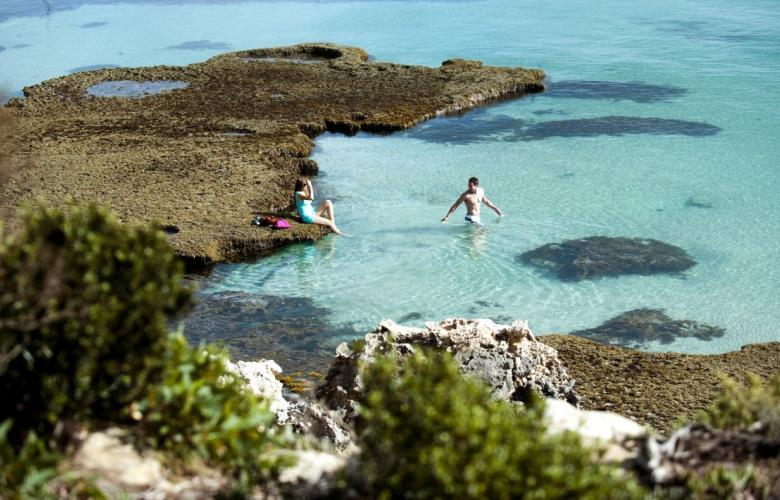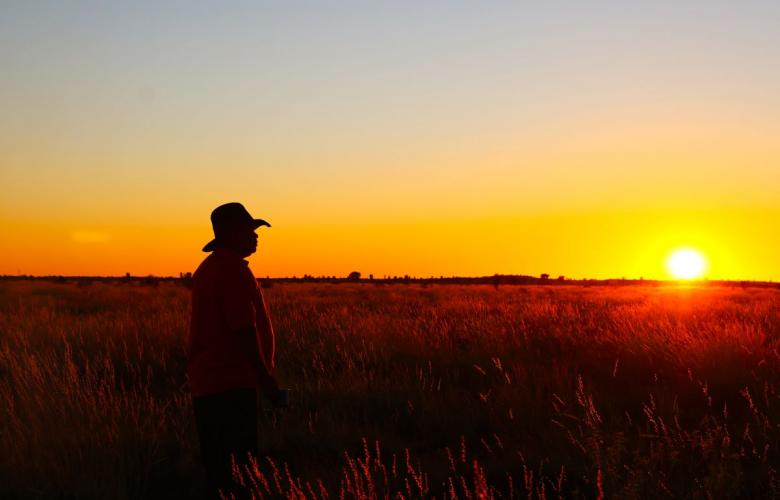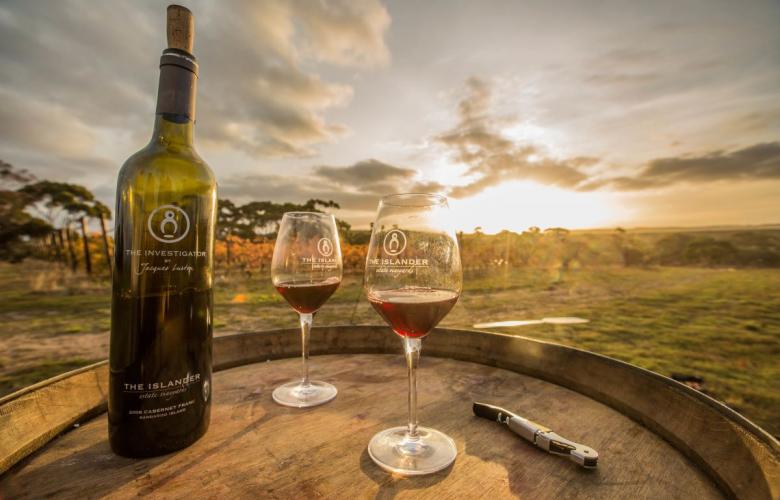"Australia’s strong tourism fundamentals encourage continued investment in the sector" - Tourism Australia
Contact
"Australia’s strong tourism fundamentals encourage continued investment in the sector" - Tourism Australia
The tourism sector is set to double in size over the next decade, fuelled by Asia’s expanding middle classes and a strong domestic sector, according to Tourism Australia.
Australia punches above its weight when it comes to international tourism, ranking #40 for arrivals, and rising to #7 for spend and #1 in the world for spend per visitor.
Classified as one of Australia’s ‘super growth sectors’ alongside agribusiness, gas, international education and wealth management, the sector is set to double in size over the next decade, fuelled by the growth of Asia’s expanding middle classes and a strong domestic sector.
Importantly, tourism plays a key role in regional development with 43 cents of every tourism dollar being spent in regional Australia.
Tourism 2020, the Government’s 10-year national tourism strategy has helped focus our efforts to reach over $115 billion in tourism spend by 2020. Notably, we have reached 99 per cent of our Tourism 2020 expenditure goals and met our upper bound supply side targets.
Since the beginning of the strategy:
- Total overnight spend has increased by 55 per cent (or $38.8 billion).
- Total overnight visitors has increased by 64 per cent (or 3.6 million).
- 47,800 accommodation rooms have been added to supply.
- International aviation has grown by 60 per cent.
- Domestic aviation capacity has grown by 25 per cent.
- 58,400 additional employees have joined the tourism workforce
All of these figures point to a strong performing industry that is well placed for continued growth and will remain an attractive target for capital seeking a home. Tourism Australia, who is partnering with Austrade to promote the Australian tourism opportunity to offshore investors, has created a number of online tools to showcase the Australian tourism business case on its Tourism Investment website.
The Tourism Statistics dashboard provides a snapshot of international arrivals to Australia on a monthly and year ending basis, with the ability to filter on an individual market level.
As an example, for the year ending March 2019, arrivals from India grew by a significant 14.6 per cent, representing an additional 34,000 arrivals compared to the previous year.
The Markets dashboard provides a deeper dive into the travel behaviours and preferences of Australia’s major tourist markets.
For example, German holidaymakers tell a positive regional dispersal story – on average, they stay for up to 43 nights, spending a total of $6,043 per trip and are most likely to visit between 8 and 20 stopovers during their stay. While 54 per cent of Germans represent first-time visitors to Australia, over 80 per cent of Singaporeans have visited before.
Greater familiarity with the Australian offering is therefore reflected in the travel styles of Singaporeans, who stay for an average of 15 nights, spending $3,885 per trip and are most likely to incorporate just one stopover into their trip.
The Aviation dashboard highlights capacity by airline, capacity growth and carriers offering direct services to Australia on a market-by-market basis.
The strong growth story out of China has been aided by the endorsement of a bilateral open skies air services agreement between the two countries. As the largest source of arrivals and spend into Australia, China offers 167 flights into Australia every week, equivalent to almost 2.3 million inbound seats, representing 14.1 per cent year-on-year growth.
The Hotel Investment Pipeline dashboard provides an overview of the number of rooms which are in the pipeline through to 2028, with the ability to filter by project phase, state or territory, projected opening date and chain scale.
There are 53,788 rooms in planning, construction or final planning through to 2028, one-third of which are in construction. The majority of rooms are based in Victoria, followed by New South Wales and Queensland. Notably, just under 6,000 hotel rooms are due to open this year, with another 12,000 rooms due to open in 2020.
With these tools at their fingertips it has never been easier for investors to see why Australian tourism continues to offer a such compelling case for business investment.
Sources: Beyond Tourism 2020 Steering Committee Report to Government (February 2019); UNWTO Tourism Highlights 2018; Tourism Research Australia’s State of the Industry Report 2017-18.
Click here to visit the Tourism Australia website
See also:
"A new era of hotel development in Australia" - Tourism Australia
"Tourism developments key to boosting regional economy" - Tourism Australia









